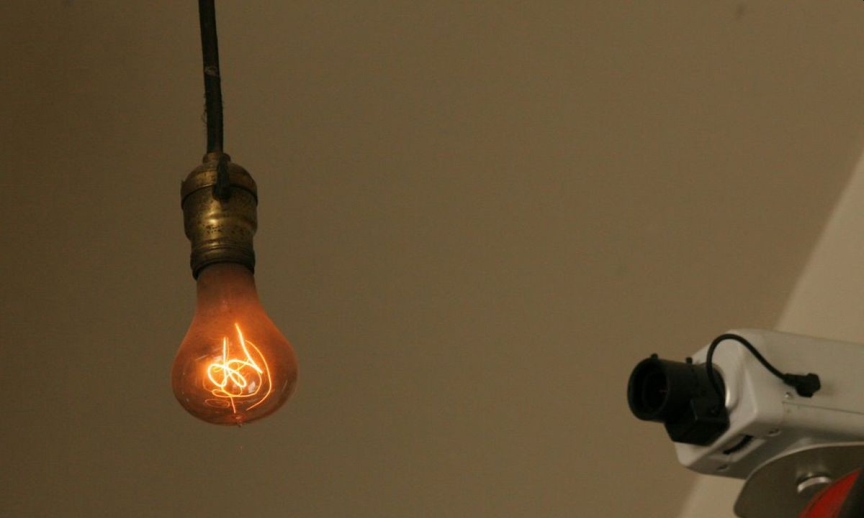This light bulb has been burning for 120 years and running for over a million hours since 1901

There’s a popular saying that “Good products are bad for the economy.” We now live in a world where the majority of items we use are not made to last. There is no better example than the story of the Centennial Light, the world’s longest-lasting light bulb.
This light bulb has almost never switched off and has been burning since 1901 and running for over a million hours way longer than any light bulb today was meant to last. It was manufactured by hand not long before the lightbulb was invented. The light bulb is at 4550 East Avenue, Livermore, California, and maintained by the Livermore-Pleasanton Fire Department.
So, if light bulb manufacturers could create a bulb that lasts this long, why did they choose to make light bulbs that only last for 10,000 hours? The answer: Greed, profit, and increased sales. Today’s light bulbs are made to have a shorter lifespan.
According to a piece published in the journal of World Scientific, the current day lightbulbs are designed to fail after 10,000 hours. A group of light bulb manufacturers called the “Phoebus cartel” came up with the idea of “planned obsolescence” a way to ensure that the public has to keep buying more of their products. Below is how the World Scientific explained it:
“On 23 December 1924, a group of representatives from all the major lightbulb manufacturers, including Germany’s Osram, the Netherlands Philips, Frances Compagnie des Lampes, and the United States General Electric, gathered in Geneva.
The group founded the Phoebus cartel, a supervisory body that would carve up the worldwide incandescent lightbulb market. It was the first cartel in history to enjoy a truly global reach.k Its far more enduring legacy was to engineer a shorter life span for the incandescent lightbulb. By early 1925, this became codified at 1000 h for a pear-shaped household bulb, a marked reduction from the 1500 to 2000 h that had previously been common.
The Journal continued:
“All evidence points to the cartels being motivated by profits and increased sales, not by what was best for the consumer. In carefully crafting a lightbulb with a relatively short life span, the cartel thus hatched the industrial strategy now known as planned obsolescence.”
Below is a video of how it all came about and why companies don’t make things that last.




